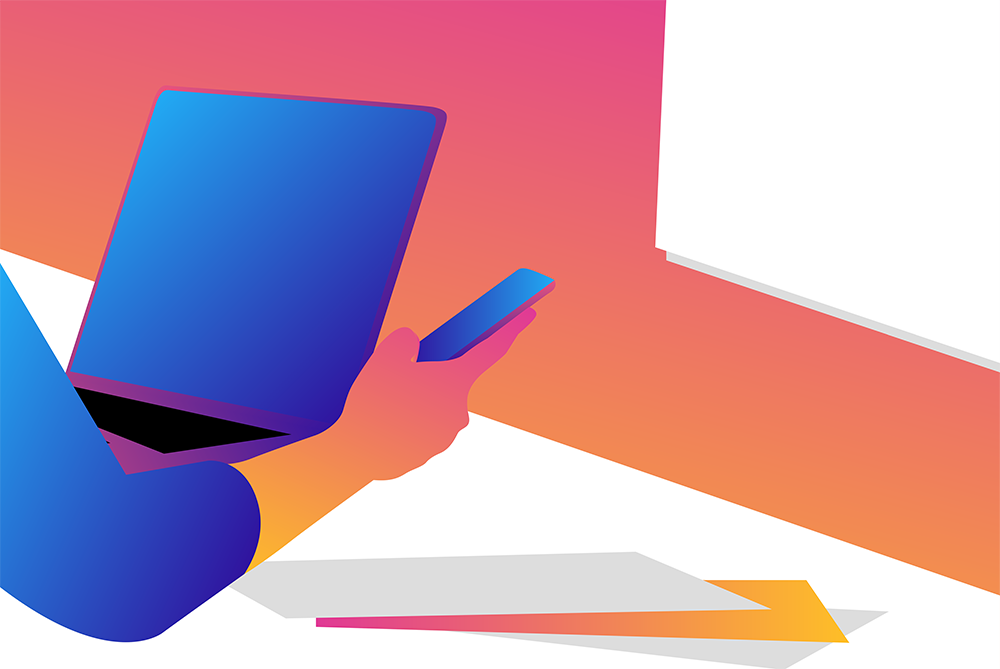In response to the COVID-19 crisis, the CARES Act created the Paycheck Protection Program, providing short-term forgivable loans to help small businesses stay open and maintain payroll. The latest COVID relief spending package renewed and expanded the program. The Small Business Administration reopened it starting on January 11 for first-time loans and on January 13 for second draw loans.
Download this FYI as a printable PDF
Background
In response to the COVID-19 crisis, the Coronavirus Aid, Relief, and Economic Security Act (CARES Act) created the Paycheck Protection Program (PPP), authorizing $349 billion in cash flow assistance to help small businesses stay open and avoid layoffs. Subsequent legislation provided additional funding, increasing the authorization limit to $659 billion. Short-term loans secured under the program, which is administered by the Small Business Administration (SBA), are forgivable if used for payroll and certain nonpayroll expenses and other statutory requirements are satisfied.
The Paycheck Protection Program Flexibility Act of 2020, enacted on June 5, 2020, amended the PPP to make it easier for loan recipients to qualify for forgiveness by: extending the period within which to spend PPP loan proceeds; lowering the amount that must be spent on payroll; and raising the amount that may be spent on nonpayroll expenses such as mortgage obligations, rent, and utility payments. (See our June 8, 2020 FYI Alert.) Originally slated to expire on June 30, 2020, the PPP loan application deadline was later extended to allow small businesses additional time to seek available funding. (See our July 7, 2020 FYI Alert.)
New funding for PPP
The recently enacted Consolidated Appropriations Act of 2021 (H.R. 133 or CAA) provided further COVID-19 relief, combining roughly $900 billion in economic stimulus and relief for the pandemic with a $1.4 trillion omnibus spending bill for the 2021 federal fiscal year. Title III of the CAA, the Economic Aid to Hard-Hit Small Businesses, Non-Profits and Venues Act, provided an additional $284 billion in funding and made other significant changes to the PPP, including:
- Expanding eligibility for PPP loans to additional entities
- Expanding the permitted uses of PPP loan proceeds
- Changing the covered period for PPP loan forgiveness to allow borrowers to select any covered period between eight and 24 weeks after loan origination
- Simplifying the loan forgiveness application and documentation process
- Eliminating the reduction of the amount of PPP loan forgiveness by the amount of Economic Injury Disaster Loans (EIDL) advances provided by the SBA
- Including employer-provided group insurance benefits other than healthcare benefits (e.g., group life, dental, vision, or disability) in the definition of forgivable payroll costs
- Allowing eligible businesses with no more than 300 employees that previously received a loan from the PPP to apply for a second PPP loan (“second draw loan”) of up to $2 million if they can demonstrate at least a 25% reduction in gross receipts between comparable quarters in 2019 and 2020
- Narrowing other eligibility requirements for second draw loans from first draw loan requirements, including prohibiting certain categories of borrowers from receiving a second draw loan (e.g., entities primarily engaged in political activities or lobbying activities, with ties to the People’s Republic of China or the Special Administrative Region of Hong Kong, or that receive a grant for shuttered venue operators under the CAA, and publicly traded companies whose securities are listed on a national securities exchange)
Expanded uses of loan proceeds
Importantly, Title III of the CAA expands the permitted uses of PPP loan proceeds beyond the payroll expenses, covered utilities, and covered rent permitted under the CARES Act to include, for example, expenditures for:
- Software, cloud computing, and other human resources and accounting needs
- Uninsured property damages for looting or vandalism due to public disturbances during 2020
- Goods that were contracted for prior to the PPP loan covered period and are essential to current operations
- Personal protective and other equipment needed to comply with federal health and safety guidelines related to the pandemic between March 1, 2020 and the date on which COVID-19 federal emergency status ends
SBA guidance
In a January 8 news release, the SBA, which administers the PPP loan program, and the Treasury Department announced that first draw PPP loans would be made available through community financial institutions starting January 11 and second draw loans would be made available starting January 13. The PPP will open to all participating lenders shortly thereafter and remain open through March 31.
Updated guidance released by the SBA on January 6 outlines program changes in accordance with the CAA. An interim final rule — Paycheck Protection Program as Amended by Economic Aid Act (Economic Aid Act Rules) — addresses key changes in PPP loan eligibility, authorized lenders, the PPP loan process, loan increases, and loan forgiveness. Another interim final rule — Business Loan Program Temporary Changes, Paycheck Protection Program Second Draw Loans (Second Draw Loan Rules) — establishes rules for new PPP loans to businesses that previously received a PPP loan and for loan forgiveness of second draw loans.
PPP borrowers that are eligible for an increased loan amount as a result of any interim final rule may submit a request regardless of whether the initial loan amount has been fully disbursed or its lender has submitted Form 1502 to the SBA. An eligible recipient that returned some or all of an original PPP loan or did not accept its full amount may reapply or request a modification of an existing loan. A revised borrower application form for first draw loans as well as a second draw borrower application form can be accessed here and here.
In closing
The latest COVID-relief spending package renewed and expanded the PPP, providing additional short-term economic relief for small businesses. The SBA reopened the program starting on January 11 for first-time loans, and on January 13 for second draw loans. Employers should consult the latest SBA guidance when contemplating participating in the program.
Volume 44 | Issue 03
